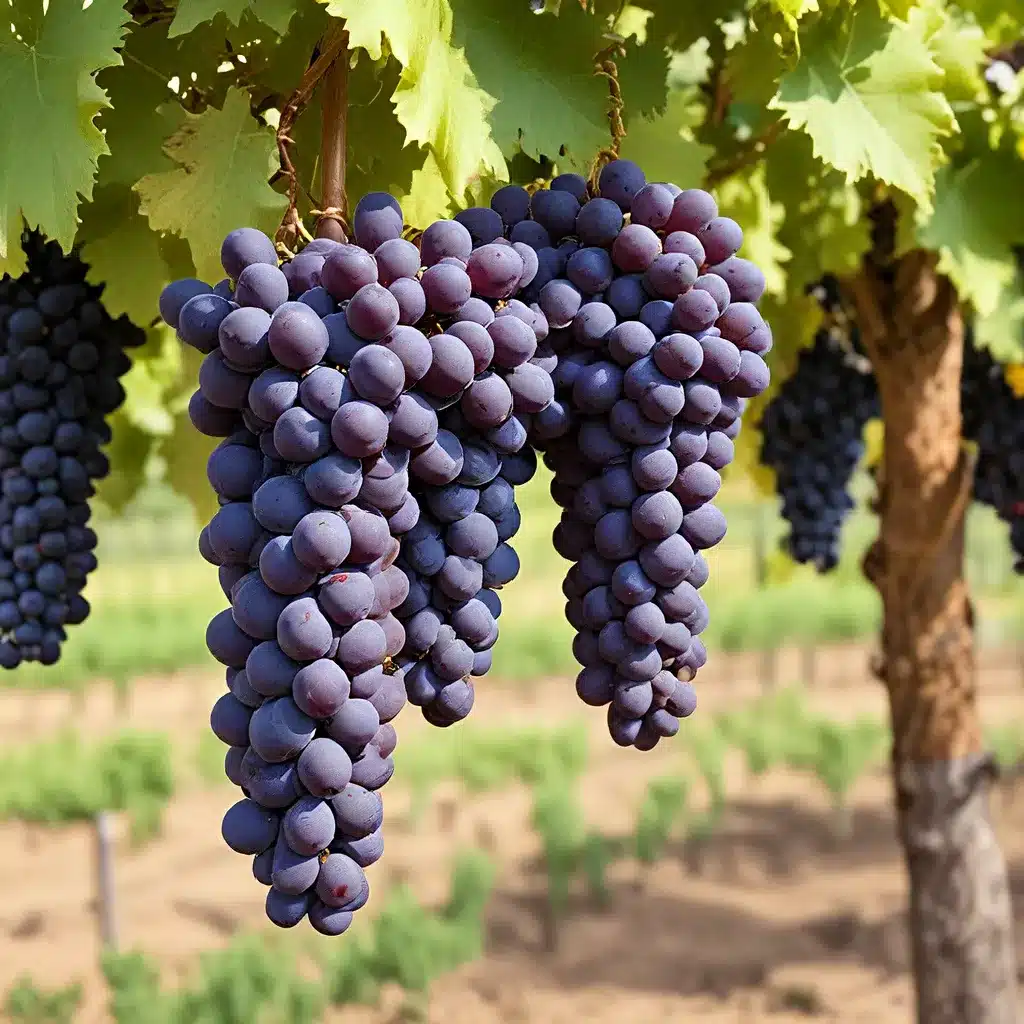
The Rise of Sensor Networks in Precision Farming
Sensor networks have emerged as a crucial component in the realm of precision farming, revolutionizing the way we approach agricultural practices. In the context of viticulture, these advanced sensor technologies are proving invaluable in enhancing grape quality and yield, ultimately leading to improved wine production and profitability for vineyards worldwide.
At the heart of this transformation lies the ability of sensor networks to collect, process, and analyze vast amounts of data from the field. By strategically deploying a network of sensors throughout vineyards, growers can now monitor a wide range of environmental factors, such as soil moisture, temperature, humidity, and light levels. This wealth of real-time data allows for precision decision-making, enabling farmers to make informed choices about irrigation, fertilization, and pest management.
Advances in sensor network technology have also revolutionized the way we approach grape quality and yield management. Sensors can now detect subtle changes in vine health, grape ripeness, and yield potential, empowering growers to fine-tune their practices and maximize the potential of their vineyards.
Optimizing Grape Quality with Sensor Networks
One of the primary benefits of sensor networks in precision viticulture is their ability to enhance grape quality. By closely monitoring the microclimate within the vineyard, growers can gain valuable insights into the factors that influence grape development, such as temperature, humidity, and soil moisture.
Sensor networks can be strategically placed to measure these environmental variables at the individual vine level, allowing for targeted management practices. For instance, if a particular area of the vineyard experiences higher temperatures or lower soil moisture, growers can adjust irrigation and canopy management accordingly to ensure optimal grape ripening and quality.
Moreover, sensors can also be used to track the progression of grape maturity, providing growers with real-time data on sugar content, acidity, and other key parameters. This information enables them to precisely time the harvest, ensuring that grapes are picked at the perfect level of ripeness, maximizing the potential for producing high-quality wines.
Enhancing Yield through Precision Viticulture
In addition to improving grape quality, sensor networks have also revolutionized the way growers manage and optimize their vineyard yields. By continuously monitoring the vine vigor, canopy growth, and cluster development, these advanced technologies allow farmers to identify and address any issues or imbalances that could impact yield.
For example, sensors can detect early signs of disease or pest infestations, enabling growers to take swift and targeted action to mitigate the impact on their crops. Similarly, sensors can help identify areas of the vineyard that may be experiencing water stress or nutrient deficiencies, allowing for the implementation of precision irrigation and fertilization strategies.
The precise data provided by sensor networks also empowers growers to make more informed decisions about canopy management, such as leaf removal, shoot thinning, and cluster thinning. These practices can significantly influence the balance between grape quality and yield, ensuring that the vines are able to allocate their resources optimally and produce the desired results.
Enhancing Energy Efficiency and Sustainability
As the global focus on sustainability and environmental stewardship continues to intensify, sensor networks have also emerged as a crucial tool for improving the energy efficiency of precision viticulture operations.
By monitoring energy consumption across various aspects of the vineyard, such as irrigation systems, frost protection, and equipment usage, sensor networks can help growers identify areas of energy waste and implement targeted strategies to reduce their carbon footprint. This may include optimizing irrigation scheduling, implementing renewable energy solutions, or upgrading to more energy-efficient equipment.
Furthermore, sensor networks can play a vital role in water management, a critical concern in many wine-producing regions. By providing real-time data on soil moisture levels, evapotranspiration rates, and rainfall patterns, these technologies enable growers to precisely control water usage and minimize waste, contributing to the overall sustainability of their operations.
Addressing Security Challenges in Sensor Networks
As the reliance on sensor networks in precision viticulture continues to grow, the security of these systems has become a paramount concern. Cybersecurity threats, such as data breaches, network intrusions, and unauthorized access, pose significant risks to the integrity and confidentiality of the sensitive agricultural data collected by these networks.
To mitigate these risks, robust security protocols and encryption techniques must be implemented to protect the sensor nodes, communication channels, and data storage systems within the network. Secure authentication mechanisms, access control policies, and regular software updates are critical in safeguarding the privacy and reliability of the sensor network infrastructure.
Moreover, energy-efficient security measures must be developed to ensure that the battery life and operational efficiency of sensor nodes are not compromised by the added security requirements. Lightweight cryptographic algorithms and secure data aggregation techniques can help strike a balance between security and energy consumption in sensor network deployments.
The Future of Sensor Networks in Precision Viticulture
As the sensor network technology continues to evolve and become more advanced, the potential for its application in precision viticulture is boundless. In the coming years, we can expect to see even more sophisticated sensor capabilities, such as hyperspectral imaging, drone-based monitoring, and machine learning-powered data analysis.
These innovations will enable growers to gain an even deeper understanding of their vineyards, allowing for more precise and targeted management strategies. By leveraging the power of big data and artificial intelligence, sensor networks will play a crucial role in optimizing grape quality, maximizing yields, and enhancing the overall sustainability of precision viticulture operations.
As the global demand for high-quality, environmentally-conscious wine continues to grow, the importance of sensor networks in the precision farming of vineyards will only become more pronounced. By embracing these cutting-edge technologies, vineyards around the world can ensure the long-term success and profitability of their operations, while safeguarding the health and resilience of the grape-growing ecosystem.